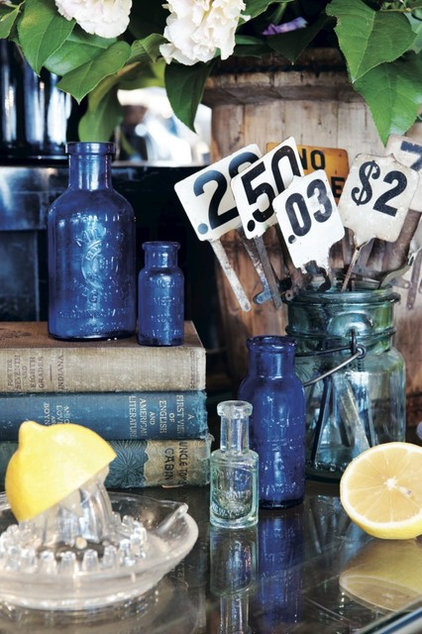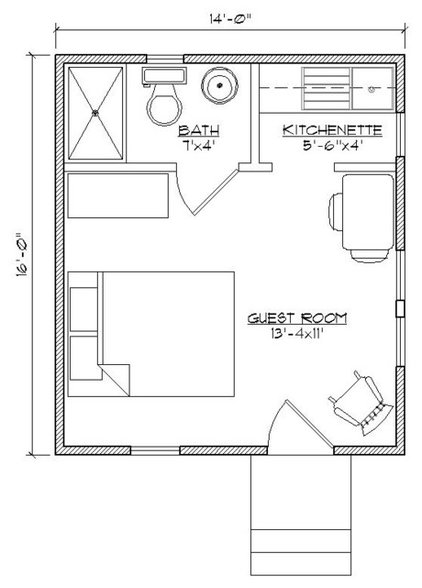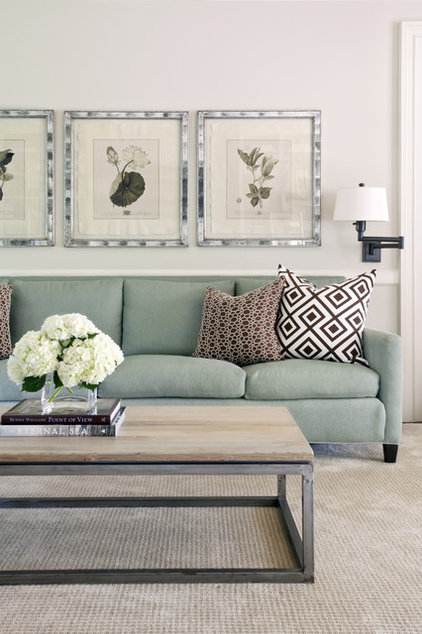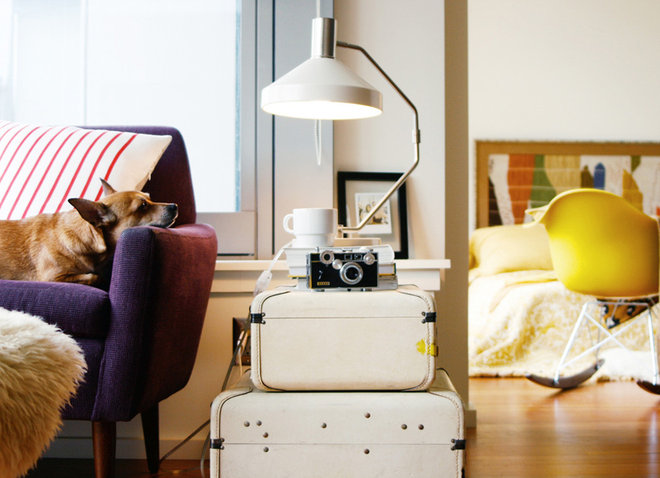How to Decorate When You're Starting Out or Starting Over
That condition isn’t limited to the young. These days it’s not unusual for people to find themselves starting over in middle age, with the ending of a relationship or a move precipitated by a new job.
Whether you’re starting out or starting over, these steps can help you navigate the difficult process of decorating a home for the first time.
|
Decide what you like. A
lot of people don’t know what decorating styles they like. It’s not that
they don’t have opinions — they just don’t know how to articulate their
preferences.
The easiest way to figure out what appeals to you is by looking at photos of other homes. And at the risk of sounding self-serving, the easiest way to do that is by perusing the photos on Houzz. Save your favorite ones in an ideabook. You can also scour design books or clip pictures from magazines. After you’ve collected at least a dozen images, sit down and compare them. What are the common denominators, in terms of color, furniture style, pattern and density of objects in the room? Keep in mind the architecture of the space you’re living in and the limitations that might impose. High Victorian will generally not work in a cracker-box condo. |
If you want to see how your floor plan translates to real life, put those moving boxes to use and “build” furniture out of them, or make footprints of each piece out of newspaper, towels or blankets.
Once you have your palette established, let the rest of the decor spring from that. Use neutral colors for investment pieces, like the sofa and dining table, and put the color in paint or accent pieces like pillows, lamps and art. That way you can change the color palette if you feel like it without spending a lot of money.
More tips for picking a color palette
Houzz guides to every color in the color wheel
|
Paint. Please paint. It’s
the cheapest way to personalize a space, and it will give you the most
bang for your buck. Even if you prefer white, find a wonderful white
that lends atmosphere.
If you’re reluctant to paint the whole place, just paint an accent wall. If you’re afraid of committing to a bold hue, choose an in-between color. I promise you it’ll look more interesting than Linen White. Pro tips for painting walls |
|
Invest in the right furniture pieces. A sofa is going to stay with you for a long time, so get a good one.
Even if you think you’ll have it just temporarily, it’ll end up moving
from the living room to the family room to the basement to the college
dorm. So don’t skimp. The same holds true for a dining table.
I also think it’s worth investing in one good, supercomfortable reading chair. Choose neutral upholstery, like white, taupe or gray, for your investment pieces. |
Furniture will look smaller in a showroom with 20-foot ceilings than it will look in your living room. And don’t buy matching sets of furniture, unless you want your home to look like the sales floor at Sofa City.
|
Where to skimp. If you need
to cut costs, do it with accessories: Look for mirrors, pillows and
lamps at places like Ikea, Target, T.J.Maxx and Marshall's. The dirty
little secret of decorating is that if you mix in a few cheap things
among the more expensive items, no one will notice.
|
Pieces with history give a room personality and depth, and are what distinguish a home from a furniture showroom.
It can take a long time to find just the right pieces for a home. And nobody likes camping out for six to 12 months, waiting for the perfect item to show up.
If you don't have family members you can borrow pieces from, and the satisfaction of having something filling that spot outweighs the cost of it, then go right ahead and buy it.
Garage sales are a great place to find filler pieces, as is Ikea (the source of this chandelier). I just paid $75 for a dining table and two chairs from the Swedish behemoth. Are they the best I could afford? Will they last forever? No and no. But they give something to sit in and dine at until I find the exact pieces I want. Afterward, I can give them to charity and not feel like I’ve sacrificed much.
If you can’t afford a soup-to-nuts decorating job, then just ask for an hourly consultation. The designer will help you clarify your style, steer you toward the right furnishings and assist in the development of a long-term plan.











